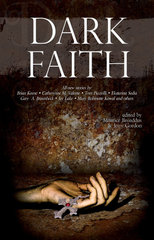Summer Reading
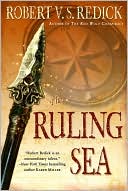 Right now, I’m about a quarter of the way into Robert V.S. Redick’s The Ruling Sea, the sequel (second of a planned four book sequence) to The Red Wolf Conspiracy. I’m reading this in part for an SF Site review, where I previously took a look at the first volume. My interest in Redick stemmed from seeing him at the 2009 Virginia Festival of the Book, held annually in my home base of Charlottesville. To quote myself,
Right now, I’m about a quarter of the way into Robert V.S. Redick’s The Ruling Sea, the sequel (second of a planned four book sequence) to The Red Wolf Conspiracy. I’m reading this in part for an SF Site review, where I previously took a look at the first volume. My interest in Redick stemmed from seeing him at the 2009 Virginia Festival of the Book, held annually in my home base of Charlottesville. To quote myself,
I was struck by how intense Redick was, how much he cared about his characters and the world he created and how eager he was to share it (and how he struggled to cover as much as he could within the constraints of his allotted time). He didn’t strike me as a “Tolkien by the numbers” kind of guy. So I was mainly intrigued by his personality to read his book.
BlackGate fans should probably put it on their summer reading lists, even if they aren’t reviewing it. Things I’m looking forward to reading this summer that I’m not reviewing include:
- The Magicians by Lev Grossman
- Horns by Joe Hill
- Angelology by Danielle Trussoni
- Bright Dark Madonna by Elizabeth Cunningham
- The Many Deaths of the Firefly Brothers by Thomas Mullen
Of course, that’s just the tip of my tottering to-be-read pile. But I’m optimistic that I’ll manage to make a dent in it.
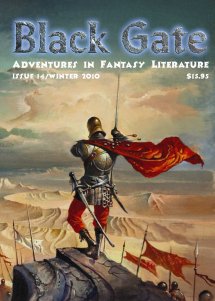 Author Sherwood Smith, who has reviewed virtually every issue of Black Gate, shares her thoughts on our
Author Sherwood Smith, who has reviewed virtually every issue of Black Gate, shares her thoughts on our  I have a friend who collects Star Wars paraphernalia. He travels around the country a few times a year attending mammoth SciFi conventions and comic trade shows, in the frenzied remainder of the hunting and gathering instinct that evolution allowed us to keep. The dedicated room in his house where this amazing assortment of merchandise is displayed has its own security system, in place at the request of the insurance company that covers it with a policy of biblical proportion. His Facebook page is a plethora of friends and fans who admire his every acquisition, seeking to purchase or swap rare treasures with their original packaging intact.
I have a friend who collects Star Wars paraphernalia. He travels around the country a few times a year attending mammoth SciFi conventions and comic trade shows, in the frenzied remainder of the hunting and gathering instinct that evolution allowed us to keep. The dedicated room in his house where this amazing assortment of merchandise is displayed has its own security system, in place at the request of the insurance company that covers it with a policy of biblical proportion. His Facebook page is a plethora of friends and fans who admire his every acquisition, seeking to purchase or swap rare treasures with their original packaging intact.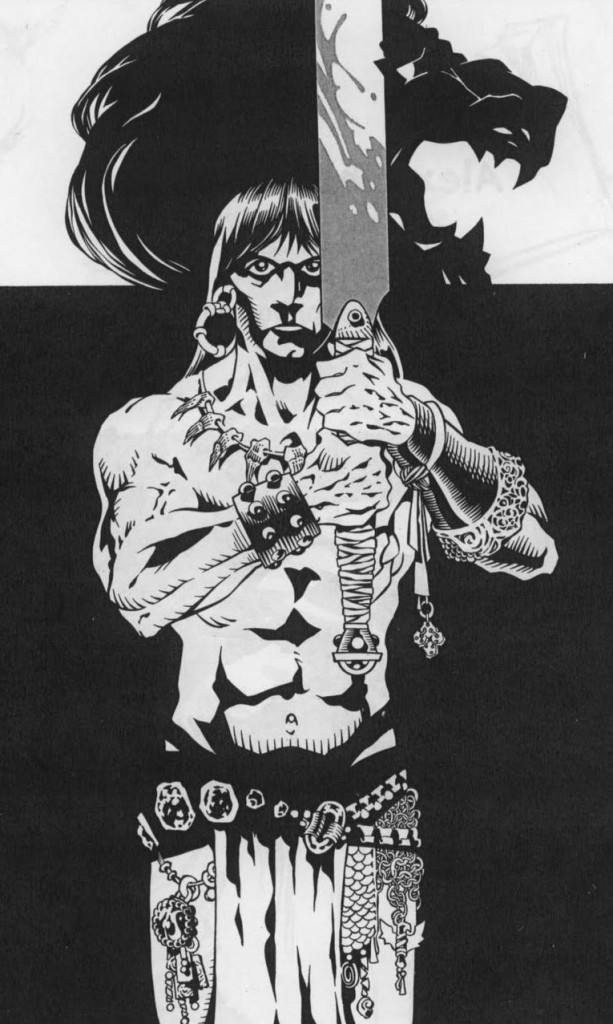
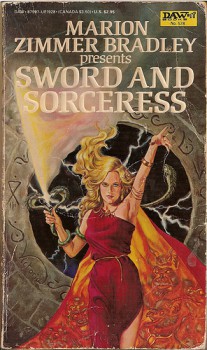 Sword and Sorceress I
Sword and Sorceress I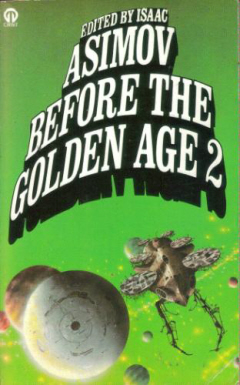 One of my favorite books — among a host of many favorites, of course, many many favorites, collected over decades of careful reading in a wide variety of genres, it’s hard to choose, depends on the time of day, naturally, and what we’re talking about, whether you want to include non-fiction, and it’s difficult to judge pleasure reading against, you know, literature like The Sound and the Fury, which was great until the part where I quit reading and pretty much gave up. That Quentin character though, man, what a dick. Anyway. Where was I.
One of my favorite books — among a host of many favorites, of course, many many favorites, collected over decades of careful reading in a wide variety of genres, it’s hard to choose, depends on the time of day, naturally, and what we’re talking about, whether you want to include non-fiction, and it’s difficult to judge pleasure reading against, you know, literature like The Sound and the Fury, which was great until the part where I quit reading and pretty much gave up. That Quentin character though, man, what a dick. Anyway. Where was I. I’ve been pondering the need for heroes in fiction again this week, and I thought it a good time to revisit a post I’d made on the Black Gate Livejournal page a few years ago. I imagine a lot of you haven’t read it; if you have, I apologize for the repeat.
I’ve been pondering the need for heroes in fiction again this week, and I thought it a good time to revisit a post I’d made on the Black Gate Livejournal page a few years ago. I imagine a lot of you haven’t read it; if you have, I apologize for the repeat.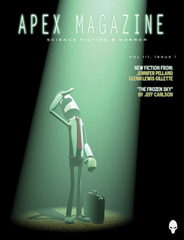 Apex publisher Jason Sizemore has announced that the magazine has re-opened to submissions.
Apex publisher Jason Sizemore has announced that the magazine has re-opened to submissions.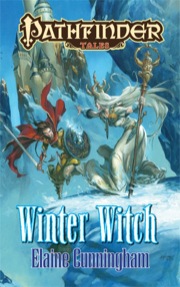 Paizo, publisher of the Pathfinder role playing game,
Paizo, publisher of the Pathfinder role playing game, 